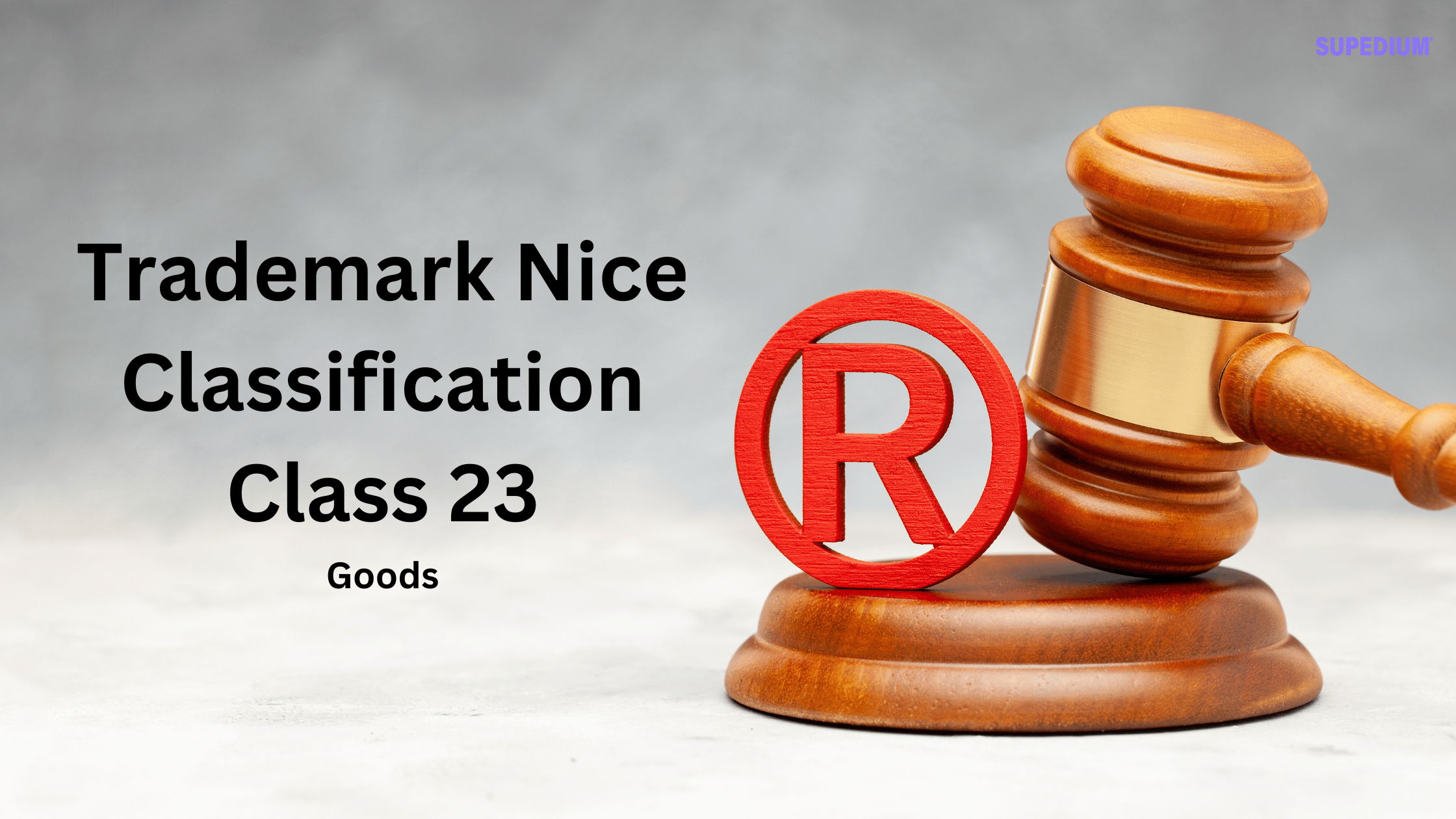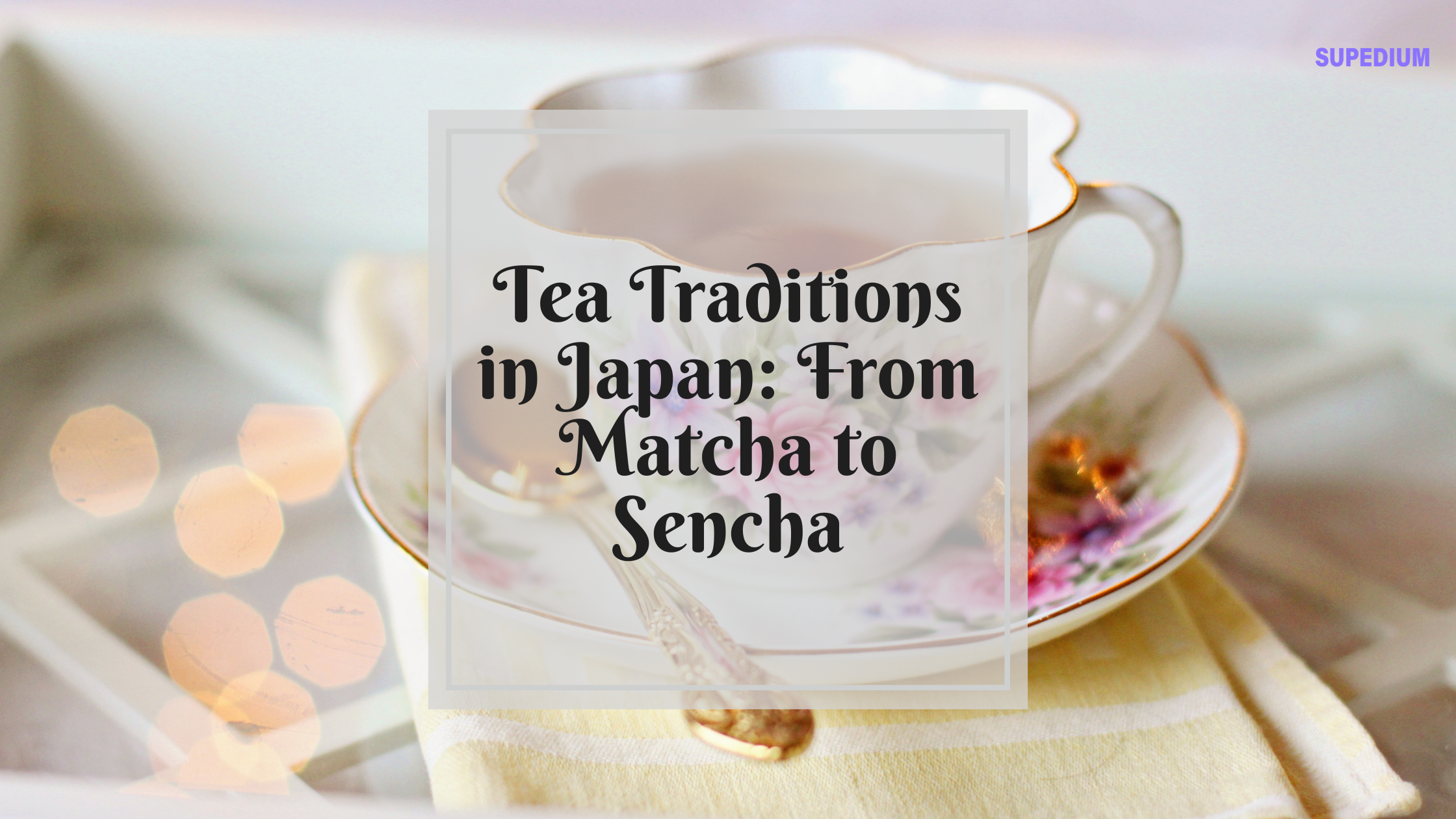Table of Contents
![]()
Introduction
The Nice Classification is an international system used to categorize goods and services for the registration of trademarks. Within this classification, Class 23 plays a crucial role in the textile industry, focusing specifically on yarns and threads. Understanding this classification helps businesses navigate trademark registration, ensuring they protect their products effectively.
Overview of Class 23
Class 23 primarily encompasses yarns and threads intended for textile use. This classification includes both natural and synthetic materials, catering to a wide range of applications in the textile sector. Yarns and threads are fundamental components in fabric production, making Class 23 vital for manufacturers, designers, and retailers.
Included Items in Class 23
Natural Yarns and Threads
Class 23 features several natural yarns and threads that are commonly used in textile manufacturing. These include:
- Spun Silk: Renowned for its luxurious feel and sheen, spun silk is often used in high-end fabrics and garments.
- Spun Cotton: This versatile material is widely used due to its softness, breathability, and ability to absorb moisture.
- Spun Wool: Valued for its warmth and durability, spun wool is a popular choice for winter clothing and blankets.
Synthetic Yarns and Threads
In addition to natural fibers, Class 23 includes synthetic yarns and threads, which have become increasingly important in modern textiles. These materials offer various advantages, such as enhanced durability and resistance to environmental factors. Common synthetic threads include polyester and nylon, often used in sportswear and outdoor gear.
Specialized Threads
Class 23 also covers specialized threads that cater to specific textile needs:
- Fibreglass Threads: Used for their strength and resistance to heat, fibreglass threads are common in industrial textiles.
- Elastic and Rubber Threads: These are essential in the production of stretchy fabrics, commonly found in activewear and lingerie.
- Plastic Threads: Known for their versatility and durability, plastic threads are utilized in a variety of textile applications.
Specific Applications
Furthermore, Class 23 includes threads designated for particular applications:
- Threads for Embroidery: Specialized threads used for decorative stitching, often available in a range of colors and finishes.
- Darning and Sewing Threads: Essential for mending and constructing garments, these threads come in various thicknesses and materials.
- Use of Metal Threads: Sometimes incorporated into fabrics for decorative purposes, metal threads add a unique aesthetic to garments.
Exclusions from Class 23
While Class 23 encompasses a broad range of yarns and threads, certain items are explicitly excluded from this classification. Understanding these exclusions is crucial for accurate trademark registration.
Specific Threads for Specialized Uses
Some threads are designated for specific industries and are classified elsewhere:
- Identification Threads for Electric Wires (Class 9): These threads are used in electrical applications and are not included in Class 23.
- Surgical Threads (Class 10): Threads specifically designed for medical use fall under a different classification.
- Threads of Precious Metal for Jewellery (Class 14): Jewelry threads, often made from gold or silver, are classified separately.
Non-Textile Uses
Additionally, Class 23 does not cover threads intended for non-textile applications:
- Binding Threads of Metal (Class 6): Used for construction or industrial purposes, these threads are not classified under textiles.
- Non-Metal Binding Threads (Class 22): Similar to metal threads, these are categorized based on their binding functions rather than textile use.
- Elastic and Rubber Threads (Class 17): Threads made primarily of rubber or plastic for non-textile purposes fall under this classification.
- Fibreglass Threads in Non-Textile Applications (Class 21): These are used in industrial contexts outside of textiles.
Importance of Proper Classification
Proper classification is essential for businesses seeking trademark registration. Incorrectly categorizing a product can lead to legal complications and loss of protection. By understanding Class 23 and its implications, businesses can ensure their yarns and threads are adequately protected under trademark law, allowing for better brand management and market positioning.
Conclusion
Class 23 of the Nice Classification system plays a significant role in the textile industry by encompassing a wide range of yarns and threads for textile use. From natural fibers like silk and cotton to synthetic materials and specialized threads, this classification is essential for manufacturers and designers. Understanding both the inclusions and exclusions of Class 23 helps businesses navigate trademark registration effectively, ensuring their products receive the legal protection they deserve. By mastering this classification, companies can secure their place in the competitive textile market.
Share This





Be the first to comment